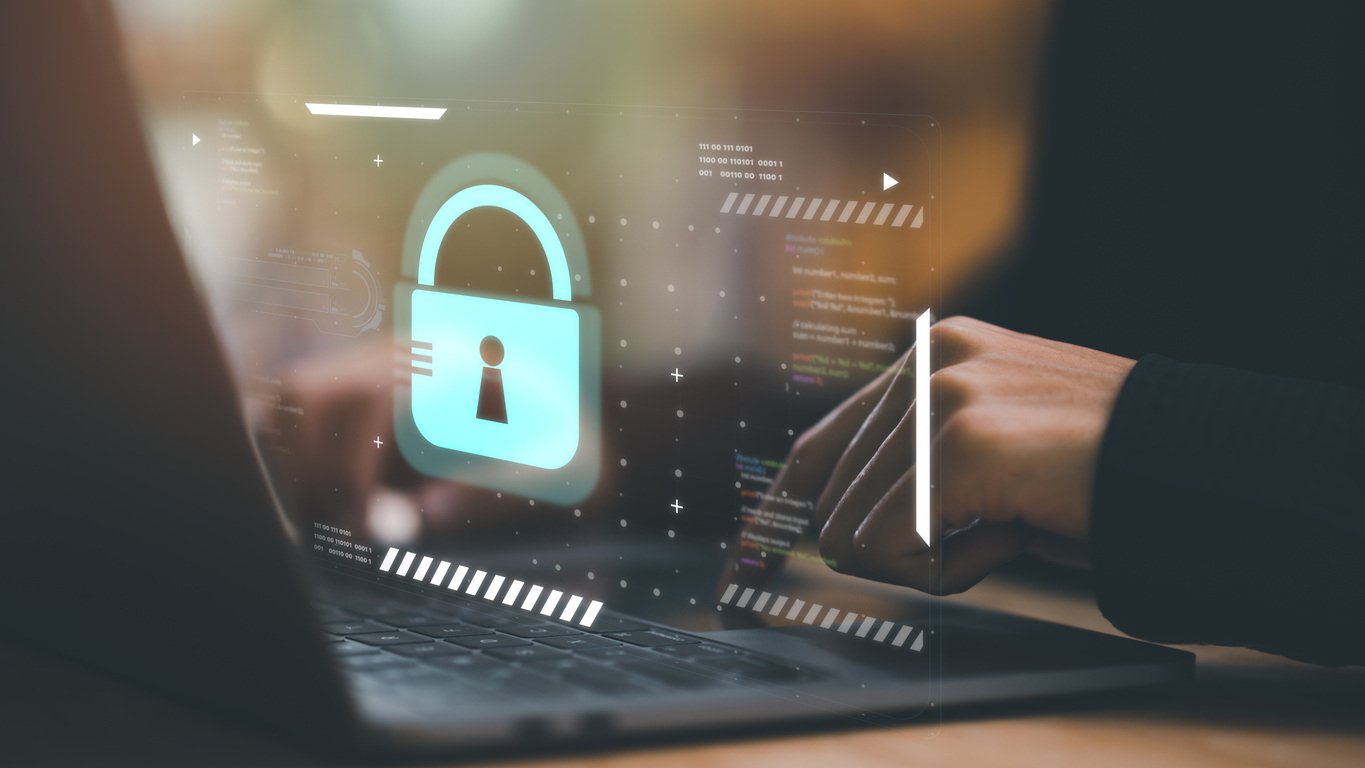Methods for Protecting Sensitive Data

 By
Jason Miller
·
2 minute read
By
Jason Miller
·
2 minute read
Methods for Protecting Sensitive Data
Protecting sensitive data is a top priority for organizations across industries. With cyber threats becoming more sophisticated, implementing robust data protection methods is essential to safeguard sensitive information and maintain trust. From encryption to employee training, there are several strategies that organizations can adopt to ensure data security.
Why Data Protection Matters
Sensitive data, such as customer information, financial records, and proprietary business data, is a prime target for cybercriminals. A data breach can lead to financial losses, reputational damage, and legal consequences. By adopting effective data protection methods, organizations can minimize risks and comply with regulatory requirements like GDPR, HIPAA, and CCPA.
Did You Know?
Did you know that 60% of small businesses that suffer a data breach close within six months due to the financial and reputational impact?
Effective Data Protection Methods
1. Data Encryption
Encrypt sensitive data both at rest and in transit to prevent unauthorized access. Encryption converts data into unreadable code that can only be decrypted with a secure key.
2. Access Controls
Implement strict access controls to ensure that only authorized personnel can access sensitive data. Use multi-factor authentication (MFA) to add an extra layer of security.
3. Regular Backups
Perform regular backups of critical data and store them in secure, off-site locations. This ensures that data can be recovered in case of a ransomware attack or system failure.
4. Data Masking
Use data masking techniques to hide sensitive information in non-production environments, reducing the risk of accidental exposure.
5. Endpoint Security
Secure all endpoints, including laptops, mobile devices, and IoT devices, to prevent unauthorized access and malware infections.
6. Employee Training
Train employees to recognize phishing attempts, use strong passwords, and follow security protocols. Human error is one of the leading causes of data breaches.
7. Continuous Monitoring
Use monitoring tools to detect and respond to suspicious activities in real-time. Continuous monitoring ensures potential threats are addressed promptly.
Benefits of Implementing Data Protection Methods
Adopting these methods provides several advantages:
- Compliance: Meet regulatory requirements and avoid costly fines.
- Risk Mitigation: Reduce the likelihood of data breaches and their associated impacts.
- Enhanced Trust: Build confidence among customers and stakeholders by demonstrating a commitment to data security.
- Business Continuity: Ensure critical data remains secure and accessible, even during incidents.
How BitLyft AIR® Supports Data Protection
BitLyft AIR® offers comprehensive tools and solutions for protecting sensitive data. With real-time monitoring, automated threat detection, and advanced encryption capabilities, BitLyft AIR® ensures your data remains secure. Learn more about our data protection solutions at BitLyft AIR® Security Automation.
FAQs
What is the most effective method for protecting sensitive data?
Data encryption is one of the most effective methods, as it ensures that unauthorized users cannot read the data even if it is intercepted.
Why are backups important for data protection?
Backups ensure that critical data can be recovered in case of a ransomware attack, accidental deletion, or system failure.
How can employee training help protect sensitive data?
Training employees reduces the risk of human error, such as falling for phishing scams or mishandling sensitive information.
What role does monitoring play in data protection?
Continuous monitoring detects suspicious activities in real-time, enabling organizations to respond quickly and mitigate potential threats.
How does BitLyft AIR® enhance data protection?
BitLyft AIR® provides real-time monitoring, threat detection, and encryption tools to secure sensitive data and prevent unauthorized access.